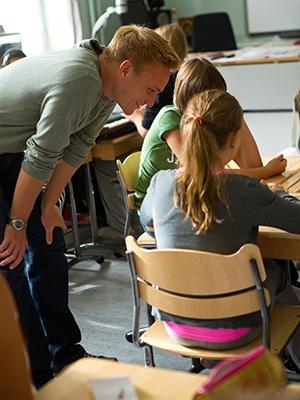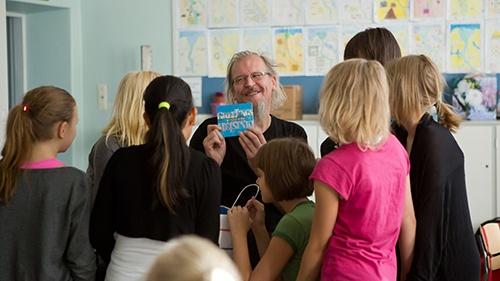Finland, a favorite for us here at The Global Search For Education, is renowned for its innovative and progressive thinking when it comes to education. So I was delighted to speak to Kirsti Kauppi, the recently appointed Ambassador of Finland to the United States. Ambassador Kauppi has over 30 years of experience in foreign policy. She grew up in northern Finland in a small village close to Oulu. She’ll work to improve Finnish-American relations and build people’s interests and knowledge regarding Finland. In our interview which follows, she discusses what we have to learn from Finland and what Finland has to learn from us, as well as how both countries can work to boost sustainability in education. In addition, she had much to share about 21st century learning strategies and intelligent hybrid classrooms.
Ambassador Kauppi – what does America have to learn from Finland and Finland from America?
How to best educate our children is one of the biggest questions in both of our countries. The world is changing very fast. The future poses new challenges to societies and individuals as well. We need an educational system that equips us to face those challenges and to make the most of our lives – again, as individuals but also as societies and, in the final analysis, as humankind. Finland is a small nation, and in our history education has always been seen as a means to tap all the resources of the society. What I have always admired in the USA, is the optimistic attitude and a healthy self-confidence that children grow up with. I think we have a lot to learn from each other as we seek to build the future of our own countries and of the world.

How can education encompass the goals of the UN 2030 sustainability agenda? How can peace, prosperity, and environmental consciousness be integrated into the classroom?
If we are to achieve the joint goals adopted in the UN in September, they have to be part of everything we do, including education. From the point of view of education, not only the goal number four, “quality education,” is relevant, but all 17 goals of the Agenda are.
There are important education specific processes going on at the universal level on the essence of education for sustainable development (ESD). For example, the 38th session of the General Conference of UNESCO approved the Framework for Action for Education 2030 Agenda in November.
Education 2030 is a major achievement of the international education community. It emphasizes inclusive and equitable quality education and lifelong learning opportunities for all, regardless of their background. Furthermore, the Global Action Program (GAP) on Education for Sustainable Development and the related roadmap for implementing were adopted in 2014.
The GAP has two objectives. First, to reorient education and learning so that everyone has the opportunity to acquire the knowledge, skills, values and attitudes that empower them to contribute to sustainable development – and make a difference. And second, to strengthen education and learning in all agendas, programs and activities that promote sustainable development.
Finland values these frameworks on education, and is examining for its part what their implementation means to us, and to our current education practices. One possibility is to create a national plan on how to fulfill the goals of our international agreements.
Education for sustainable development is well integrated into the Finnish educational system. It is one of the main goals of the government concerning basic education and distribution of lesson hours. In the new Core Curriculum for Basic Education, sustainable development is part of all seven cross-cultural cross-cutting competence-areas or themes that are included in all instruction, particularly in the cross-cutting theme of “Participation and building a sustainable future”.

Can you speak to me generally about Finland’s new “Phenomenon-based” or “topic-based” learning initiative? How it is different from traditional subject based learning?
Continued on the next page…